
 Instagram
Instagram
Contraceptive Patch Information
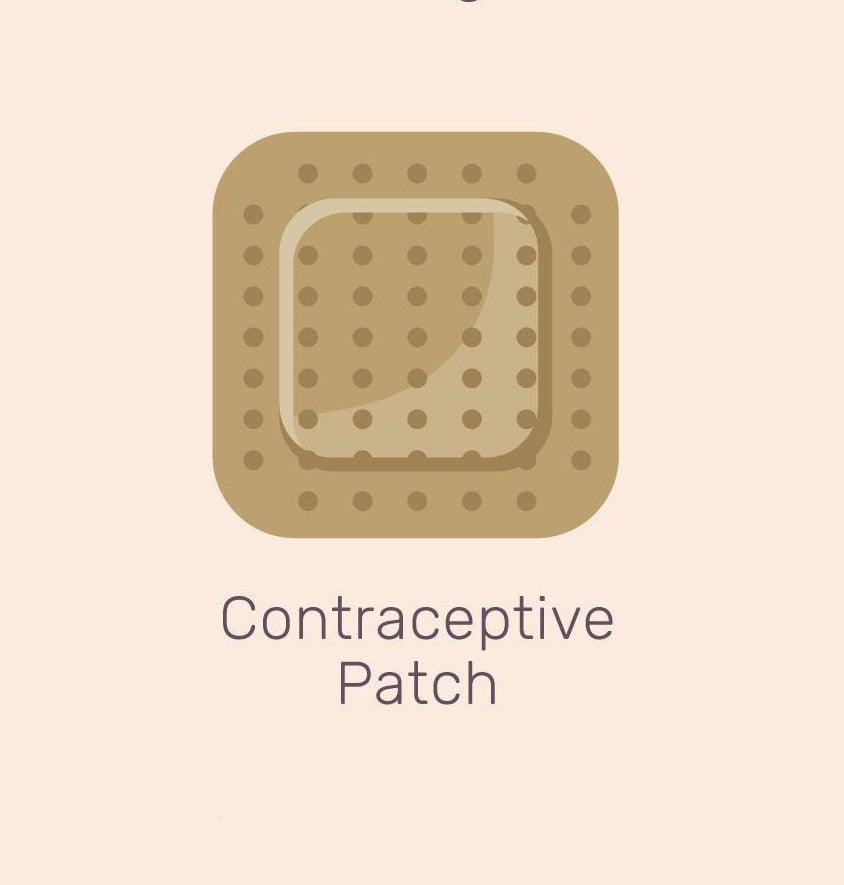
Related products
What is a Contraceptive Patch?
The contraceptive patch, as we commence our exploration, is a type of birth control that releases hormones into the body to prevent pregnancy. In its essence, a contraceptive patch is a thin, beige-coloured plastic patch that sticks to the skin. Tracing its history, the contraceptive patch was approved by the U.S. Food and Drug Administration (FDA) in 2001, and since then it has become a popular birth control method worldwide, including the UK. "The contraceptive patch releases hormones directly into the bloodstream through the skin, a mechanism known as transdermal delivery," explains Dr. Simon Atkins, a reproductive health expert. This process works by suppressing ovulation, thereby preventing the potential fertilization of an egg by sperm.
Types of Contraceptive Patches
In the context of the UK, several contraceptive patches are available on the market. These include brands like Evra, which is the most commonly used contraceptive patch in the UK. "Choosing a contraceptive patch is a personal decision, based on lifestyle, health status, and individual preference," advises Dr. Jenny White, a sexual health expert at King's College London. The patches may vary slightly in terms of hormone dosage or adhesive technology, but the core function remains the same. As the availability of contraceptive patches might vary from region to region, it's essential to consult with a healthcare provider or visit a reputable website like the NHS to understand what options are accessible and suitable for you.
Effectiveness of the Contraceptive Patch
Beginning our discourse on the contraceptive patch, it's crucial to underline its effectiveness rate. As per the NHS UK, when used correctly, the contraceptive patch is over 99% effective, which indicates that fewer than one woman in 100 who use the contraceptive patch will get pregnant in a year. These numbers are compelling, underscoring the reliability of the contraceptive patch as a method of birth control.
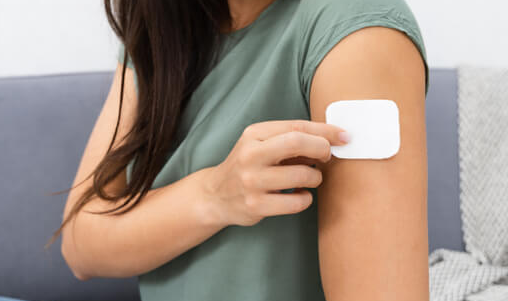
Statistical Data on Effectiveness Rate
Incorporating further statistical data on the effectiveness rate, Family Planning Association UK elaborates that the typical effectiveness of the contraceptive patch is around 91%. This is because some people might not always use it correctly. Thus, it's crucial to adhere strictly to the correct usage instructions to ensure maximum effectiveness.
Factors That Can Affect Effectiveness
There are three primary factors that can impact the effectiveness of the contraceptive patch. One is proper usage. This means the patch must be applied correctly, changed on time, and should not fall off.
The second is the user's health status. Certain conditions, like being overweight or having a BMI over 35, might reduce the effectiveness of the patch. Finally, interactions with other medications or substances, such as some antibiotics or St John's Wort, can potentially diminish its efficiency. Users should always consult with their healthcare provider to discuss these factors.
Comparison with Other Contraceptive Methods
Compared to other contraceptive methods, the contraceptive patch holds its ground, especially in terms of user-friendliness and compliance. Unlike contraceptive pills, which require daily intake, the contraceptive patch only needs to be changed weekly, which can significantly improve adherence, as pointed out by Planned Parenthood UK, However, in terms of effectiveness, it matches the pill and the vaginal ring but falls behind intrauterine devices (IUDs) and implants.
Advantages of Using the Contraceptive Patch
Delving into the benefits of the contraceptive patch, this birth control method shines in several respects, namely in convenience, consistency of hormone delivery, its non-invasive nature, and additional health benefits.
Convenience and Ease of Use
The contraceptive patch is a convenient option for those who struggle with daily routines or have difficulty swallowing pills, according to Dr. Zoe Williams, a well-known GP and media medical expert, It is easy to use and requires less frequent attention compared to daily contraceptive pills, making it a preferred option for many.
Consistency of Hormone Delivery
Another advantage of the contraceptive patch is the consistency of hormone delivery. This ensures that the contraceptive effect remains steady throughout the week, reducing the risk of accidental pregnancy due to a missed pill, as noted by Brook Advisory Centres. A steady level of hormones also helps minimize some side effects associated with hormonal fluctuation.
Non-Invasive Nature
Additionally, the contraceptive patch's non-invasive nature makes it a popular choice. Unlike IUDs or contraceptive injections, it doesn't require any procedure or intervention by a healthcare provider. This non-invasive aspect could increase the method's acceptability and uptake, particularly among those wary of medical procedures.
Other Health Benefits
Lastly, the contraceptive patch offers other health benefits such as regulation of menstrual cycles and acne control. These benefits points out, are due to the hormones present in the patch that can help balance the body's hormonal fluctuations, says Dr. Nneka Nwokolo.
Potential Risks and Side Effects
Despite its many advantages, the contraceptive patch does come with potential risks and side effects. These range from common side effects to more serious risks like blood clots. Knowledge of these is crucial for anyone considering using this method.
Common Side Effects
Common side effects of the contraceptive patch, as per British Pregnancy Advisory Service (BPAS), include skin irritation, headaches, mood changes, and breast tenderness. However, these are usually mild and often diminish after a few months of use. It's important to consult a healthcare provider if any side effect persists or becomes severe.
Serious Risks
The contraceptive patch does carry a small but serious risk of blood clots. Although the absolute risk remains low, it is higher than non-users of hormonal contraception and slightly higher than those using contraceptive pills, highlights Dr. Anne Connolly. Any sign of blood clot formation, like unexplained leg swelling or sudden breathlessness, should prompt immediate medical attention.
Warning Signs to Watch For
Warning signs to watch for include severe abdominal pain, chest pain or shortness of breath, severe headaches, or changes in vision. These symptoms might indicate serious complications and need urgent medical attention, according to Royal College of Obstetricians and Gynaecologists (RCOG),
Long-term Effects on Health
Concerning long-term effects on health, the contraceptive patch, like other hormonal contraceptives, may have an impact. There is some evidence suggesting a slightly increased risk of breast and cervical cancer, which seems to reduce once the patch is stopped. However, it also appears to offer protection against ovarian, endometrial, and colorectal cancers, according to Dr. Sarah Hardman.
Who Should Consider Using the Contraceptive Patch
Considering the contraceptive patch as a birth control method, one needs to take into account the factors like age, pre-existing medical conditions, and lifestyle to ensure it is an appropriate choice.
Suitability According to Age
On the issue of age suitability, the contraceptive patch can be used by women of all reproductive ages, including adolescents. However, for women over 35 who smoke, or have certain health conditions, alternative contraception methods may be recommended due to the risk of blood clots, advises Dr. Jane Dickson.
Medical Conditions That May Influence Suitability
Several medical conditions may influence the suitability of the contraceptive patch. Cancer Research UK cautions that individuals with a history of breast cancer, liver disease, or those at high risk of blood clots might be advised against using the patch. Consultation with a healthcare provider is necessary to evaluate these risks.
Lifestyle Considerations
Lifestyle can significantly impact the choice of contraceptive, adds Dr. Michael Marsh. For those with a hectic schedule or who might forget to take a pill every day, the once-a-week application of the contraceptive patch might be ideal.
How to Use the Contraceptive Patch
Correct usage of the contraceptive patch is crucial for its effectiveness. It includes understanding when to start using it, what to do in case of a missed or late patch, and the correct method and timing of changing the patch.
Detailed Step-by-Step Guide
A detailed guide on applying the patch can be found on the NHS UK's official site. It recommends applying the patch to clean, dry, and intact skin areas like the buttocks, abdomen, upper arm, or upper torso (excluding the breasts). It should be replaced weekly for three weeks, followed by a patch-free week to allow a withdrawal bleed, akin to a period.
When to Start Using the Patch
Women can start using the contraceptive patch at any point in their menstrual cycle, according to the Family Planning Association UK. If started within the first five days of the menstrual cycle, it will provide immediate contraceptive protection. However, if started at any other time, additional contraception should be used for the first seven days.
What to Do in Case of a Missed or Late Patch
In case of a missed or late patch, the patch should be applied as soon as possible. If the delay exceeds 48 hours, the patch may not be effective, and additional contraception should be used for the next seven days, advises Sexwise.
Changing the Patch – Timing and Method
When changing the patch, timing is crucial. It should be replaced every seven days for three weeks in a row. The method of change involves carefully peeling off the old patch and applying a new one to a different area of skin.
Costs and Accessibility of the Contraceptive Patch
The contraceptive patch's cost, its accessibility, insurance coverage, and prescription requirements also warrant consideration for anyone contemplating this birth control method.
Estimated Cost per Patch
As of now, the NHS UK provides the contraceptive patch for free. However, private prescription costs can vary, with an estimated cost of £10-£15 per month.
Accessibility in Different Parts of the World
Accessibility of the contraceptive patch varies worldwide. In the UK, it's widely accessible via the NHS, sexual health clinics, and certain pharmacies. The patch is less accessible in some low-income countries due to cost and supply issues, according to International Planned Parenthood Federation (IPPF),
Prescription Requirements
Finally, in the UK, the contraceptive patch is available only by prescription. This allows a healthcare professional to assess a woman's health status and suitability for the patch before prescribing it, ensuring safe and effective use.
Frequently Asked Questions about the Contraceptive Patch
While discussing the contraceptive patch, several common questions emerge, addressing various concerns like bathing or swimming with the patch, what to do if it falls off, its impact on weight and future fertility, and its interaction with other medications.
Can the Patch be Worn During Bathing or Swimming?
The contraceptive patch is water-resistant and can be worn while bathing, swimming, or exercising. However, it's essential to check regularly that the patch hasn't become loose or fallen off, affirms Dr. Sarah Welsh.
What Happens if the Patch Falls Off?
If the patch falls off, apply a new patch as soon as possible. If it's been less than 48 hours, no additional contraception is needed. However, if it's been more than 48 hours, another contraceptive method should be used for the next seven days, advises NHS UK.
Can it Cause Weight Gain?
Concerning weight gain, Dr. Sherry Ross explains that while some users report weight gain, there's no scientific evidence showing the contraceptive patch directly causes significant weight gain. Any changes are usually mild and may be due to water retention.
Can it Affect Fertility in the Future?
On the question of future fertility, the contraceptive patch doesn't affect long-term fertility. Normal fertility levels are typically resumed soon after discontinuing its use, says the Faculty of Sexual and Reproductive Healthcare.
Interaction with Other Medications
Finally, certain medications can interact with the contraceptive patch, potentially reducing its effectiveness. These include some antibiotics, antifungal medications, and herbal remedies like St. John's Wort. It's vital to inform your healthcare provider about all medications and supplements you're taking.
Conclusions
To conclude our comprehensive exploration of the contraceptive patch, we must encapsulate the key points and underscore the importance of consulting with a healthcare provider before starting its use.
The contraceptive patch is an effective, convenient, and user-friendly contraceptive method, suitable for women of all reproductive ages, barring certain health conditions. Correct usage is crucial for its effectiveness, and while it carries some risks and potential side effects, these are generally outweighed by its benefits. It is widely accessible, especially in the UK, and comes at a reasonable cost or even free of charge under the NHS.
Importance of Consulting with a Healthcare Provider Before Starting the Patch
Before deciding to use the contraceptive patch, it's imperative to consult with a healthcare provider. This allows for a thorough assessment of your health status and personal needs, ensuring the contraceptive patch is an appropriate and safe choice for you.












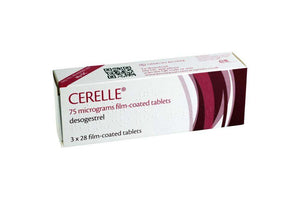





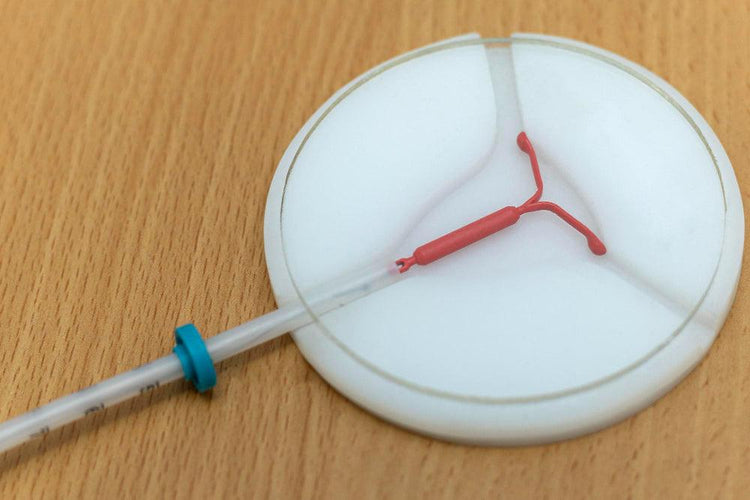

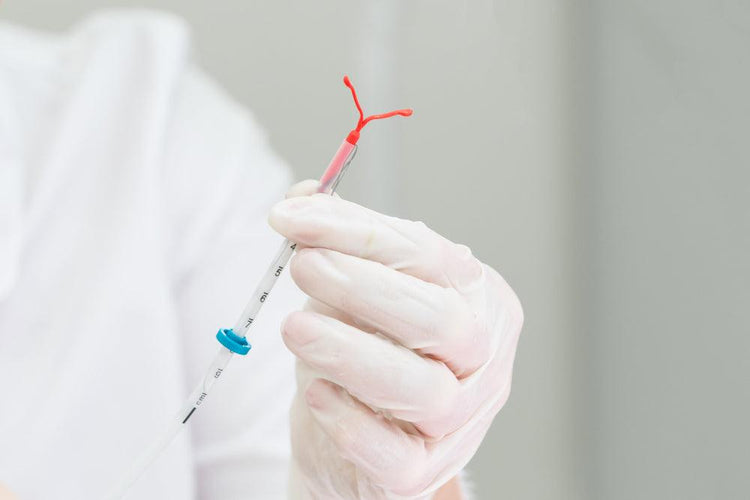

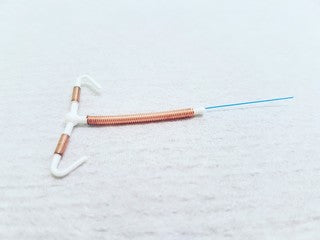

 Rated Excellent by 26,523+ Reviews
Rated Excellent by 26,523+ Reviews